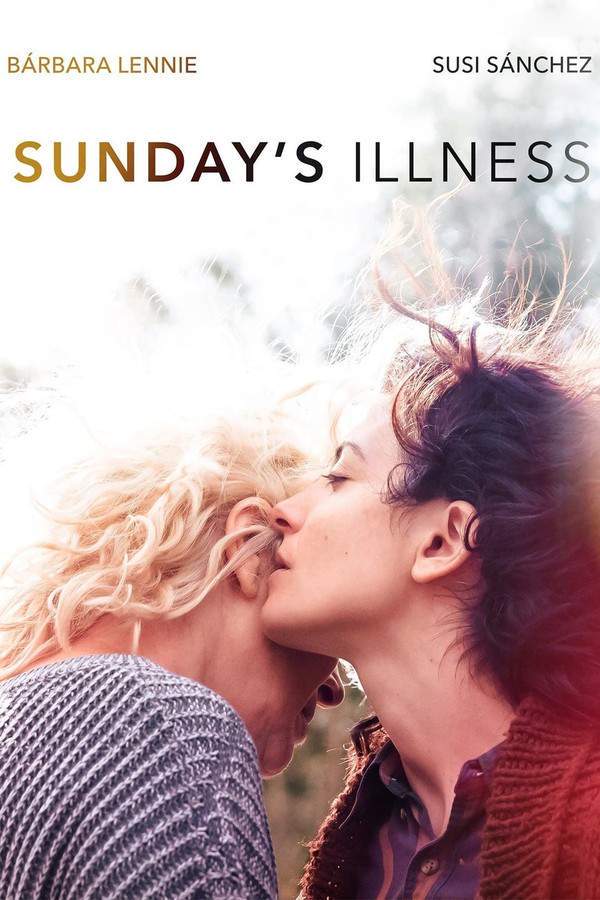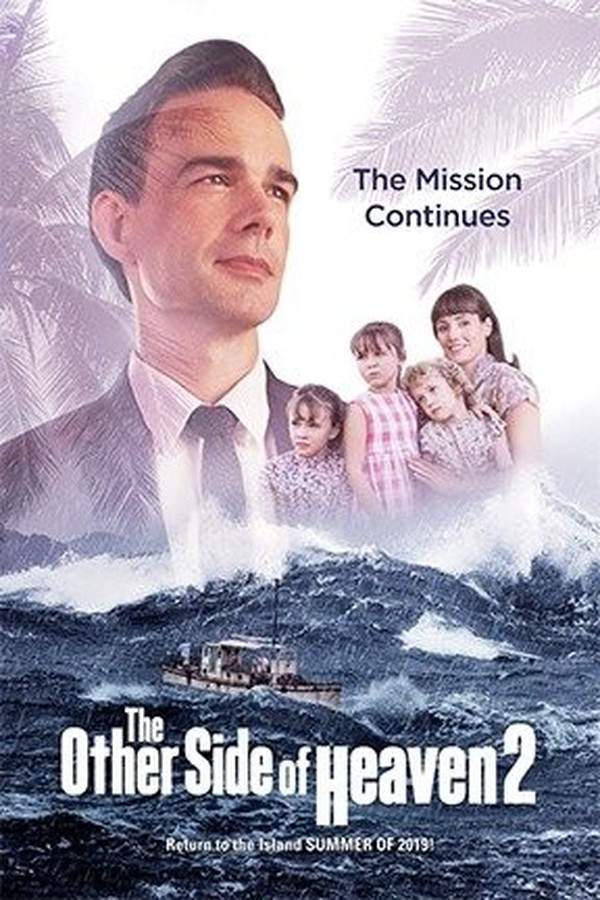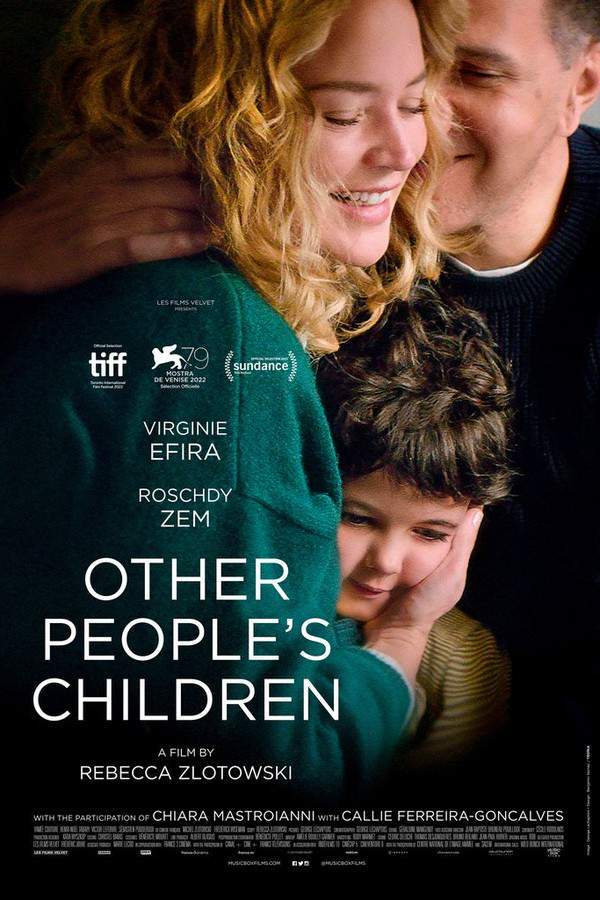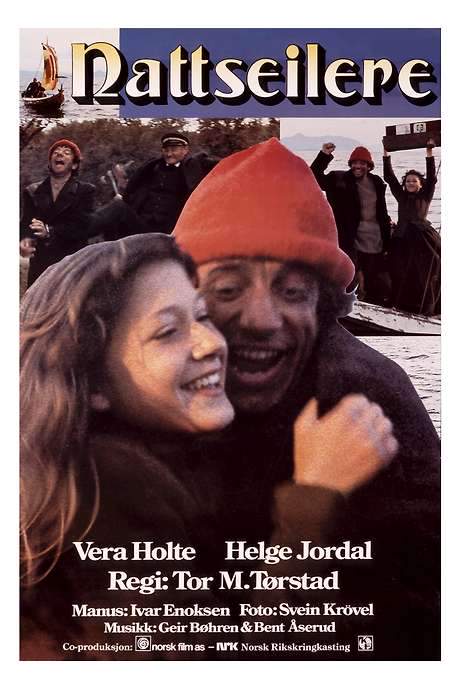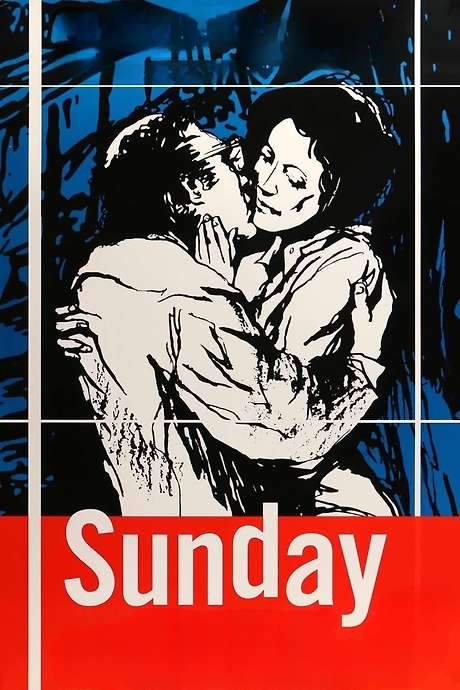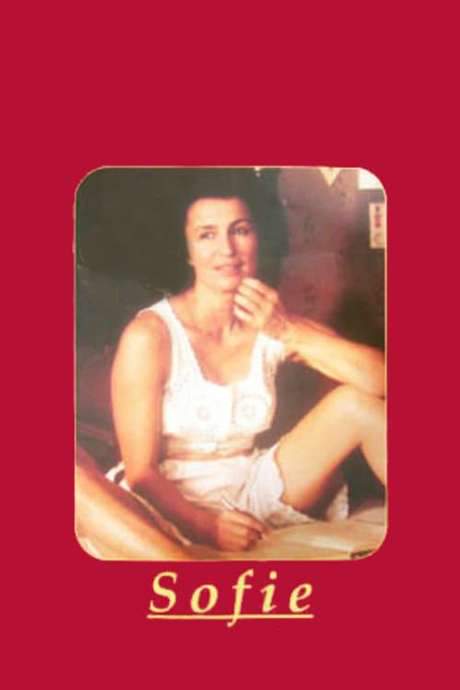
The Other Side of Sunday
Year: 1996
Runtime: 103 mins
Language: Norwegian
Director: Berit Nesheim
Known in Norwegian as “Søndagsengler”, the film critiques a small, tightly‑woven church community. It follows preacher’s daughter Maria as she struggles to break free from the oppressive religious expectations and the control of her father, seeking personal autonomy and a life beyond the rigid parish.
Warning: spoilers below!
Haven’t seen The Other Side of Sunday yet? This summary contains major spoilers. Bookmark the page, watch the movie, and come back for the full breakdown. If you're ready, scroll on and relive the story!
Timeline – The Other Side of Sunday (1996)
Trace every key event in The Other Side of Sunday (1996) with our detailed, chronological timeline. Perfect for unpacking nonlinear stories, spotting hidden connections, and understanding how each scene builds toward the film’s climax. Whether you're revisiting or decoding for the first time, this timeline gives you the full picture.
Last Updated: October 05, 2025 at 12:39
Unlock the Full Story of The Other Side of Sunday
Don't stop at just watching — explore The Other Side of Sunday in full detail. From the complete plot summary and scene-by-scene timeline to character breakdowns, thematic analysis, and a deep dive into the ending — every page helps you truly understand what The Other Side of Sunday is all about. Plus, discover what's next after the movie.
The Other Side of Sunday Summary
Read a complete plot summary of The Other Side of Sunday, including all key story points, character arcs, and turning points. This in-depth recap is ideal for understanding the narrative structure or reviewing what happened in the movie.

Characters, Settings & Themes in The Other Side of Sunday
Discover the characters, locations, and core themes that shape The Other Side of Sunday. Get insights into symbolic elements, setting significance, and deeper narrative meaning — ideal for thematic analysis and movie breakdowns.

Similar Movies to The Other Side of Sunday
Discover movies like The Other Side of Sunday that share similar genres, themes, and storytelling elements. Whether you’re drawn to the atmosphere, character arcs, or plot structure, these curated recommendations will help you explore more films you’ll love.
Explore More About Movie The Other Side of Sunday
The Other Side of Sunday (1996) Plot Summary & Movie Recap
The Other Side of Sunday (1996) Scene-by-Scene Movie Timeline
The Other Side of Sunday (1996) Spoiler-Free Summary & Key Flow
Movies Like The Other Side of Sunday – Similar Titles You’ll Enjoy
Otherhood (2019) Spoiler-Packed Plot Recap
Sunday's Illness (2018) Detailed Story Recap
The Other Side of Heaven (2002) Complete Plot Breakdown
Other People's Children (2015) Film Overview & Timeline
The Other Lamb (2019) Story Summary & Characters
Mother’s Elling (2003) Full Summary & Key Details
Nattseilere (1986) Story Summary & Characters
Sunday’s Children (1992) Full Movie Breakdown
The Other Side of the Underneath (1972) Ending Explained & Film Insights
Sunday (1997) Full Movie Breakdown
Sofie (1992) Story Summary & Characters
Ditte, Child of Man (1946) Spoiler-Packed Plot Recap
Norwegian Offspring (2023) Movie Recap & Themes
There’s No Place Like Home (2023) Full Movie Breakdown
Sister, What Grows Where Land Is Sick? (2022) Film Overview & Timeline




